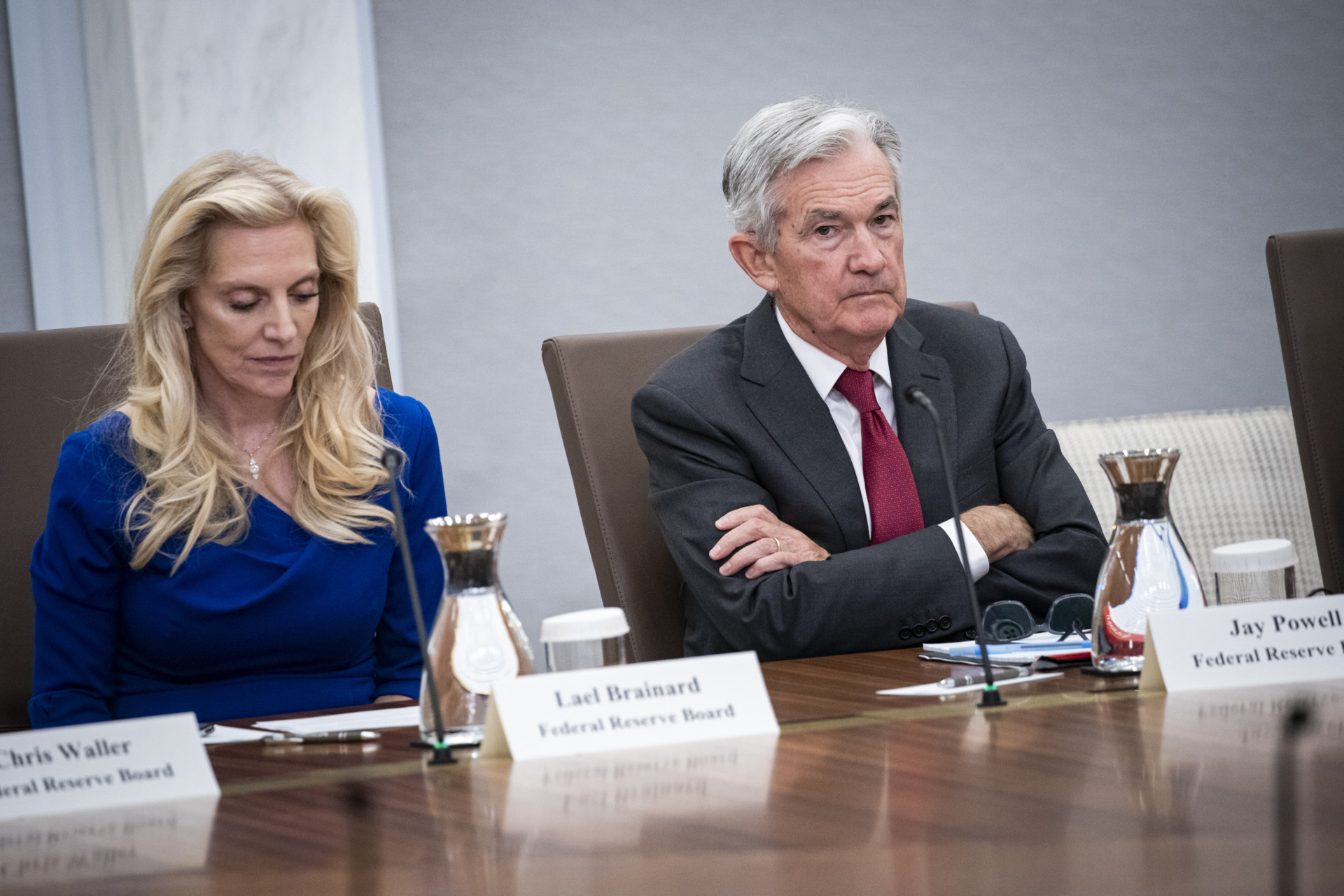The data this week has made it clear that the Federal Reserve has a lot more work to do to cool down the labor market.
The minutes from the Federal Reserve’s December Federal Open Market Committee (FOMC) meeting were a reminder that central bank officials see removing labor market imbalances as central to bringing inflation back down to their two percent target. What’s more, the minutes reiterated what we have heard from Chairman Jerome Powell and other Fed officials about the current state of the labor market being badly out of balance.
The minutes point out that participants “observed that the labor market was very tight.” The unemployment rate is described as being near the “historically low.” Nominal wage growth is “elevated” and not consistent with price stability. “Participants generally concluded that there remained a large imbalance between labor supply and labor demand, as indicated by the still-large number of job openings and elevated nominal wage growth,” the minutes report.
Perhaps one of the most hawkish passages of the minutes was a stark acknowledgment that softening the labor market will have decidedly unwoke effects. “In the context of achieving the Committee’s broad-based and inclusive maximum-employment goal, a number of participants commented that as the labor market moved into better balance, the unemployment rate for some demographic groups—particularly African Americans and Hispanics—would likely increase by more than the national average.” In other words, the Fed is willing to accept an increase in racial inequality in employment in order to bring the labor market back into balance.

Federal Reserve Chairman Jerome Powell (right) and Vice Chair Lael Brainard during a Fed Listens event in Washington, DC, on Sept. 23, 2022. (Al Drago/Bloomberg via Getty Images)
The minutes show that Fed officials believe they need to put in place an “appropriately restrictive path of monetary policy” in order to bring “labor market supply and demand…into better balance over time.” An important question, therefore, is whether the Fed has reached the “restrictive” path.
The Job Openings and Labor Turnover Survey (JOLTS) released Wednesday is strong evidence that Fed policy has not yet become very restrictive at all, at least when it comes to the labor market. Vacancies came in at 10.5 million jobs for the end of November, unchanged from the upwardly revised prior month. The revision to October means that much of the progress that appeared to have been made in cooling down demand for labor was illusory. The Fed minutes from the December meeting reported that “several participants” had found some comfort in “tentative signs of labor market imbalances improving, including declines in job openings and quits.” There’s a lot less comfort in those numbers now.
Things are actually getting tighter on the quits side. The JOLTS Quits metric measures voluntary separation of workers from their jobs, which typically reflects workers believing demand for their labor is strong enough that they either already have another offer at better wages or believe they can easily land a better job after they tell the boss to “take this job and shove it,” as the song says. This puts pressure on wages, as employers have to raise wages to keep their current workforce and pay more to attract new workers. As such, a rise in quits means a tighter labor market.

As the chart above indicates, quits came down in September but were more or less unchanged in October. Now they are right back up to the August level. The three-month average of 4.1 million is consistent with an extremely tight labor market, and there is no apparent trend downward. This is also likely to shake up the hopes of those on the FOMC who saw the September and October figures as promising.
Before moving beyond JOLTS, it’s worth taking a moment to note just how “out of forecast” the November figure is. Just about every professional forecaster thought openings would continue to decline. None had an increase in the forecast. The top of the range of forecasts in the Econoday survey was 10.3 million openings. So, we’re once again in “uncharted territory” when it comes to the labor market and inflation.
The ADP private payrolls report confirmed what we saw in the JOLTS report—and also topped the range of forecasts. After the preliminary report for 127,000 jobs in November, economists had forecast around the same for December. Instead, the number came in at 235,000, which would be a very good employment report in an economy that had price stability but is a very worrisome level in an economy struggling under persistent inflation.
Jobless claims for the last week of 2022 came in not only below consensus but below the bottom of the range. Since claims are a proxy for layoffs, this is an indication that employers are holding on tight to their workforce despite signs of a slowing economy and a looming recession. Just in case there are suspicions that this was some kind of quirk of the week between Christmas and New Year’s, note that the four week average is just 213,000, down from 220,000 in the prior week.
In short, this week’s data indicates that Fed policy is not yet restrictive. This likely means the policy target interest rate will have to go higher than markets have been expected in order to restore balance to the labor market. Given that the housing market is already in recession and manufacturing has been contracting for at least two months, this sets the stage for a messy economic situation in which growth is sluggish, inflation is sustained by a tight labor market, and Fed rates keep rising.
Tomorrow will bring the final pieces of the jobs puzzle in the form of the official estimates of December payrolls, the unemployment rate, the labor force participation rate, and wages. The consensus is for payrolls to rise by 200,000, unemployment to hold at 3.7 percent, and the increase in average hourly earnings to cool from 0.6 percent to 0.4 percent. (No one really tries to predict the participation rate anymore.) Given that JOLTS, ADP, and jobless claims all came in above consensus, the risk is definitely tilted toward an upside surprise on Jobs Friday.

COMMENTS
Please let us know if you're having issues with commenting.